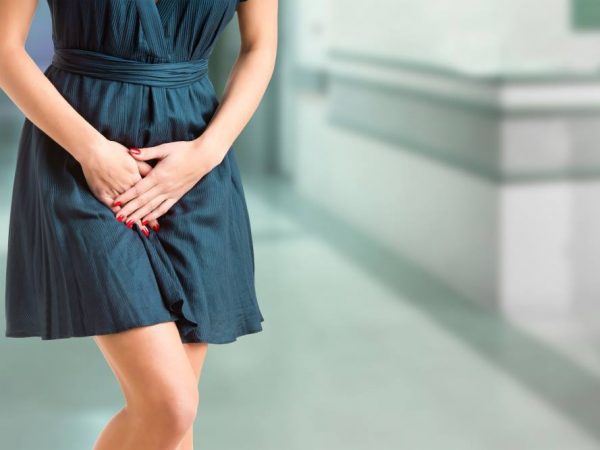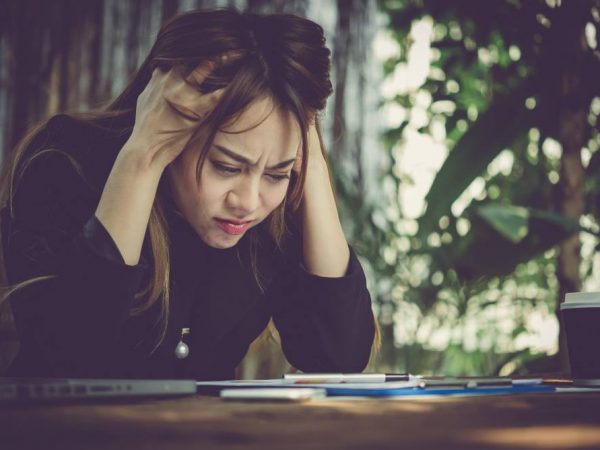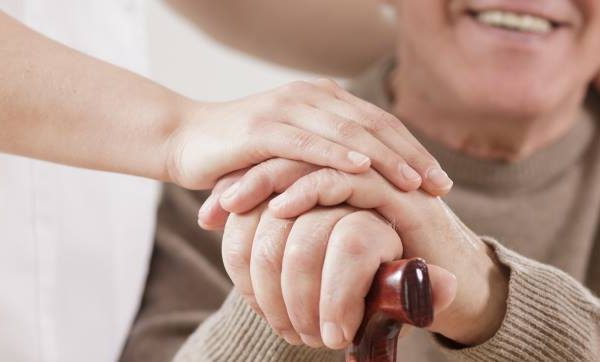Urge incontinence is a condition that has not been extensively researched or fully understood, however it seems to become much more common as we age.
Urge incontinence can be defined as an involuntary loss of urine that occurs after a person has a strong and compelling urge to urinate. The condition is the second most common type of incontinence after stress incontinence. In individuals with urge incontinence, signals or muscle damage triggers inappropriate spasms of the muscles in the bladder wall, creating the feeling of an uncontrollable need to urinate. The condition can cause frequent interruptions in a person’s life. Those who suffer from urge incontinence might urinate more than eight times per day and have to get up for the bathroom more than twice overnight. The urine stream in a leak from urge incontinence is often sudden and rapid.
59 year old Mary shared her story of experiencing urge incontinence while she was going through menopause. She explains how she had to make changes in her life because of her condition, claiming “I tried drinking less fluid, but this led to dehydration and headaches. Then I cut out all trips of over ten minutes, which left me feeling isolated.” Her urge incontinence even stopped her from socialising and spending time with friends, as she states “because I was scared of accidents happening, I stopped visiting friends for weekends or dinners out, which left me feeling disconnected. Always wearing dark, baggy clothes made me feel as though I was going on a camping trip when I was just going to have lunch with my friends.” Certain situations can trigger urge incontinence in individuals. These situations can include turning a key in the door, washing dishes or hearing running water. Some women with urge incontinence even find that they leak during sex. A consultant urological surgeon at Bristol Urological Institute told Nursing Times, “it is moving to hear from patients how stressful and limiting this condition is on their everyday functioning.”

What causes leaks in Urge Incontinence?
Urge incontinence occurs due to abnormal bladder contractions. For individuals with Urge Incontinence, the bladder muscles contract with enough force to override the sphincter muscles of the urethra. The bladder may experience abnormal contractions when it does not function properly due to damaged nerves from various diseases such as Diabetes, Stroke, Multiple Sclerosis or Parkinson’s Disease.
Who is at the greatest risk of developing Urge Incontinence?
Those who are at greater risk of developing Urge Incontinence include:
- Elderly people
- Men who have had a prostatectomy
- People who have undergone a C-section or other pelvic surgery
- People who are obese
- People who have nerve or muscle damage caused by diseases such as Alzheimer’s diseases or Multiple Sclerosis
- Women who are pregnant
- Someone who is suffering from urinary tract infections
- Women who are experiencing menopause
- People who have nerve damage from diabetes or have just had a stroke or injury
What are the most effective Treatment Methods for Urge Incontinence?
The main methods for treating urge incontinence are behavioural treatment, sacral nerve stimulation, medication and pelvic floor exercises.
Behavioural Treatment
Behavioural treatment is often the preferred treatment method of individuals as it does not require drug use or surgery. A study in 1998 set out to compare behavioural versus the use of drug treatment for urge urinary incontinence in older women. In the study, the behavioural treatment proved to be the preferred method of treatment, with only 14% of patients receiving behavioural treatment wanting to change to another treatment. The study concluded that behavioural treatment should be made more readily available to patients as a first-line treatment for urge incontinence. This form of treatment has been proven over the years to improve bladder control through teaching patients new skills or habits. Biofeedback-assisted behavioural training is a form of behavioural treatment that reduces incontinence by teaching patients how to control the physiologic responses of the bladder and pelvic muscles that mediate continence. Biofeedback-assisted behavioural training is one form of behavioural treatment that reduces incontinence by teaching patients how to control the physiological responses of the bladder and pelvic muscles that mediate continence. Combined bladder-sphincter biofeedback has been used to teach patients to inhibit detrusor contractions and increase intraurethral pressure in the treatment of urge incontinence.
Sacral Nerve Stimulation
Sacral Nerve Stimulation is designed to address the communication problem between the bladder/bowel and the brain that may be causing symptoms of urge incontinence. This method is often considered as a minimally invasive therapy. It is particularly ideal for patients with whom other conservative methods have failed. Sacral Nerve Stimulation involves applying an electric current to one of the sacral nerves via an electrode placed through the corresponding sacral foreman. During the operation, sensory and motor nerve root responses are identified. These responses include a vibratory feeling or a pulling sensation in the vagina or rectum, and motor responses include a tightening of the levators. An insulated wire is inserted once these appropriate responses have been achieved. The patient then maintains the sensory stimulation at a comfortable level and keeps additional voiding diaries for 3 to 7 days. The wire is then removed at 3 to 7 days, and a voiding diary is repeated a week later to make certain the patient returns to baseline voiding. If there is significant improvement, the patient can be considered for permanent implantation. In 1999, a study was performed evaluating sacral nerve stimulation for treating urge incontinence and revealed sacral nerve stimulation to be both a safe and effective treatment method. A group of 34 patients were provided with implantation and were followed for 6 months. 6 months after they were provided with stimulation, the number of daily incontinence episodes, severity of episodes and absorbent pads used daily were significantly reduced. Of the 34 stimulation group patients, 16 were completely dry and an additional 10 demonstrated a greater than 50% reduction in incontinence episodes 6 months after implantation. Efficacy appeared to be sustained for 18 months.
Medication
Medication is most effective when combined with behavioural treatment. If medication is your preferred method of treatment, you should ask your Doctor about the ideal type of medication for you. The following are the common medications that may be offered to you:
Anticholinergics
Anticholinergics are one option of medication that people are commonly prescribed. These drugs work through blocking the action of a chemical messenger, acetylcholine that sends signals to the brain that trigger abnormal bladder contractions associated with overactive bladder. Anticholinergics are often given as a pill or tablet that you can take by mouth. Oxybutynin is also available as a cream or skin patch that delivers a continuous amount of medication.
Possible side effects: Dry mouth and constipation
Mirabegron
Another type of medication commonly prescribed is Mirabegron. This drug works by relaxing the bladder muscle and increasing the amount of urine your bladder can hold. It can also help to increase the amount you are able to urinate at one time, helping to empty your bladder more completely.
Possible side effects: Nausea, diarrhea, constipation, dizziness and headache.
Estrogen
It is thought that the drop in estrogen in women after menopause can contribute to deterioration of the supportive tissues around the bladder. This can lessen the control you have over your bladder muscles. A main positive of using estrogen is that it has no side effects if used correctly.
Pelvic Floor Exercises
Pelvic floor exercises can be useful for every kind of incontinence. This is the practice of contracting and relaxing your pelvic floor muscles.
You can follow these steps to successfully practice Kegel exercises:
- Identify the right muscles. The easiest way to do this is to stop urination midstream. These are your pelvic floor muscles
- To perform Kegels, contract these muscles and hold for 5 seconds. Release for 5 seconds
- Repeat this 10 times, 3 times a day
If none of the common methods of treatment work for you, you may want to try a more extreme solution such as botox surgery. General lifestyle changes to lessen your symptoms of urge incontinence include not drinking before bed, avoiding carbonated beverages, avoiding caffeine, spicy foods, acidic foods and artificial sweeteners.

You can find out more about Urge Incontinence on our website.
Originally posted 2018-01-02 16:47:09.












Leave a Reply